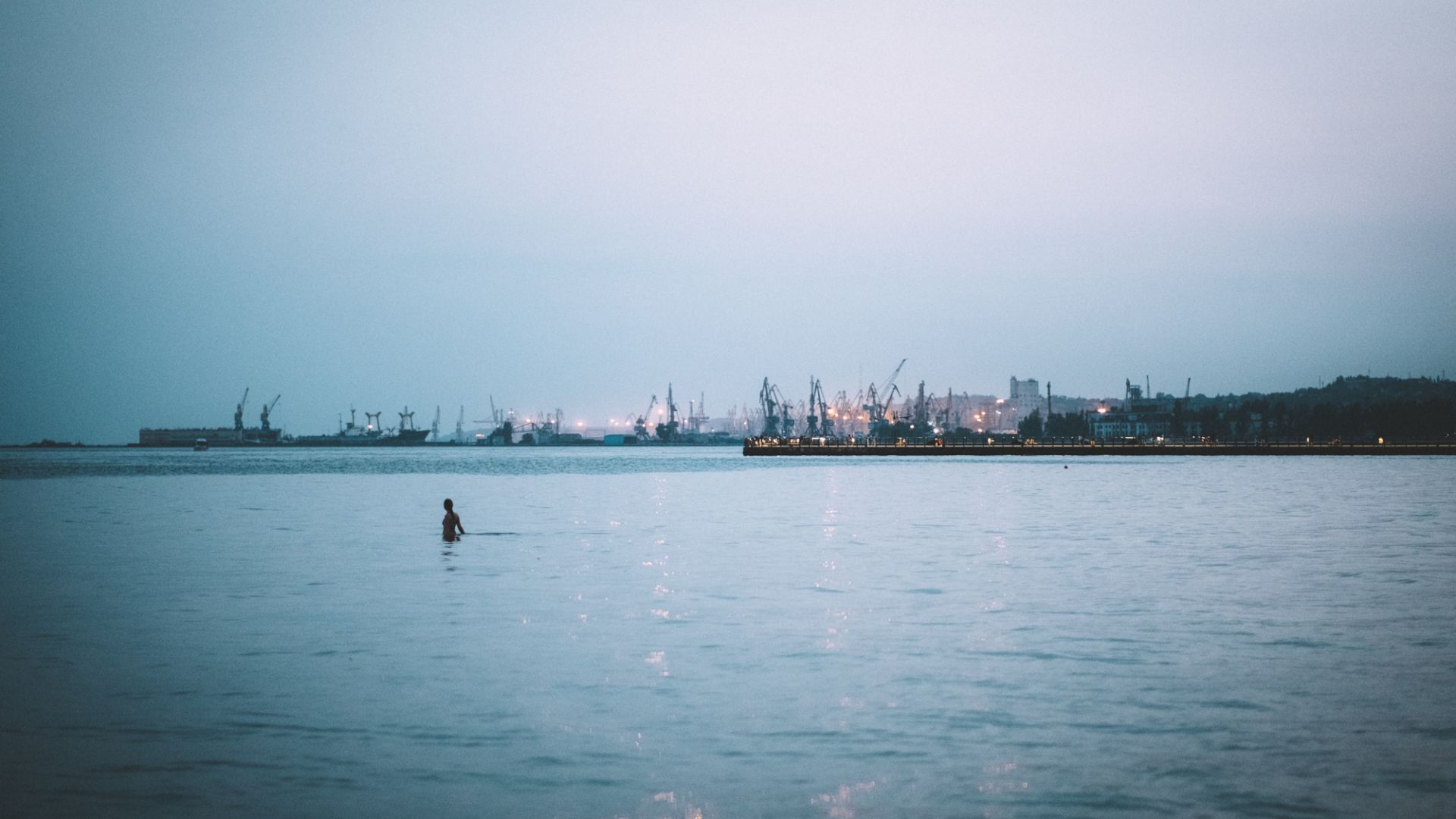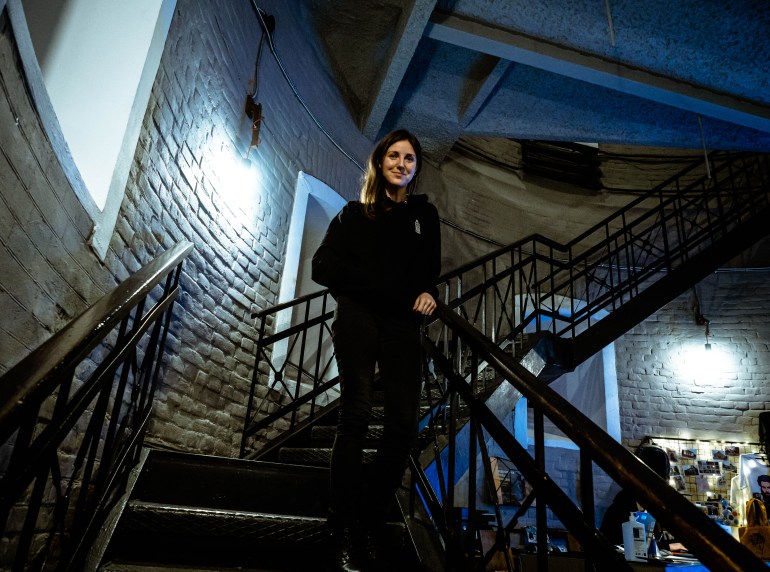Mariupol remembered: a bright future reduced to rubble
The story of the city, before and after Russian occupation, as told by residents.

Maryna Holovnova used to enjoy her summer routine in her southeastern Ukrainian city of Mariupol. Before starting work for the day as a tourist guide, the 28-year-old would wake early, jog along the beach and swim in the Azov Sea at sunrise. Afterwards, she would take the bus across the city and drink her morning coffee on her favourite bench in a chestnut-tree-filled alley in Mariupol’s historic centre. On the weekends, she would cycle on newly laid roads to remote fisher villages to camp overnight, passing sunflower fields and people selling watermelons along the way.
In the summer seasons of recent years, visitors had discovered Maryna’s city, a place straddled by a sprawling seaport and gargantuan steelworks, turning it into a popular holiday destination. In the humid, Mediterranean weather, tourists would throng the pier and seaside, wading out hundreds of metres into the world's shallowest sea. Trendy bars and fancy ice cream parlours lined the newly built jetties that lit up during the warm summer evenings when the air would fill with the sounds of live music.

Mariupol was a city of contrasts. Above the idyllic seaside setting, noxious, green-coloured clouds emitted by the steelworks would often hang ominously in the sky. In the centre of Mariupol, high-end cafes and restaurants could be found nestled behind crumbling historic facades reflecting a mix of architectural styles and the city's diverse cultural heritage, including several waves of Greek migration.
During the winter, temperatures regularly dropped below freezing, but the humid climate could make it feel colder. In those months, Mariupol's seaside took on a bleak, nebulous appearance as light fog mixed with smoke from the steelworks, passing over half-empty resorts and abandoned train carriages overlooking the sea.

"One of my favourite spots in the city was a kind of 'observation point' from where you could see the whole Azovstal [steelworks]," says the amiable, mild-mannered Maryna, who was born and raised in Mariupol. Azovstal, along with the Illich Iron and Steel Works Metallurgical Plant, were a cornerstone of the local economy, employing roughly 40,000 residents. Maryna says she would pass the observation point on her way to work, and every time she would marvel at the sheer scale of the steelworks.
Today, Maryna is a refugee in Edmonton, Canada, with a host family, but Al Jazeera first met her in late January 2022, less than a month before Russia launched a full-scale invasion of Ukraine. At the time, she said that the escalating tensions and the looming threat of a Russian attack on her city were "all I can think about".

Standing behind the counter at the entry to the old water tower where she worked, she had motioned appreciatively at one of her co-workers, who would help allay her fears. The old water tower was one of the city's most popular sites and offered a 360-degree panorama for visitors willing to brave its steep spiral staircase. Unveiled in 1910, the red-brick tower encapsulated the city's architectural mix by combining Gothic, Renaissance, and Baroque styles.